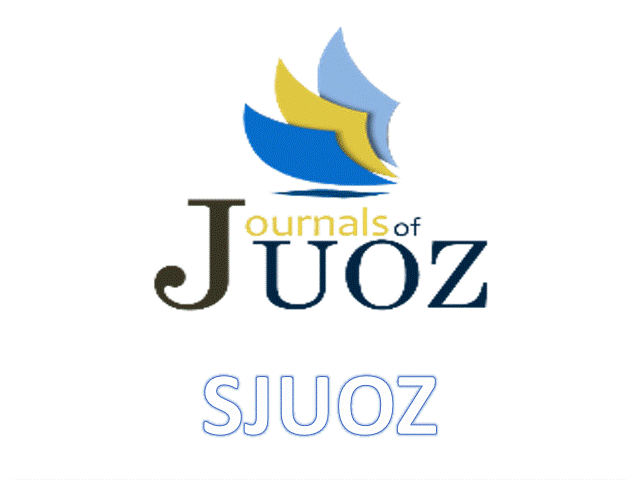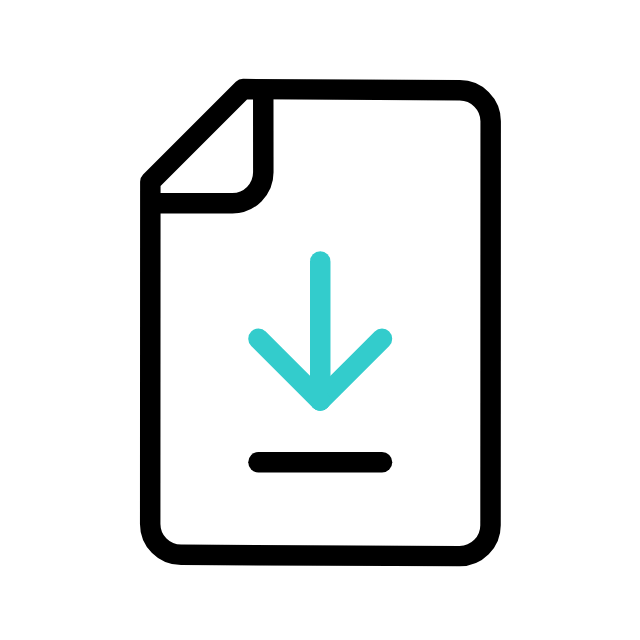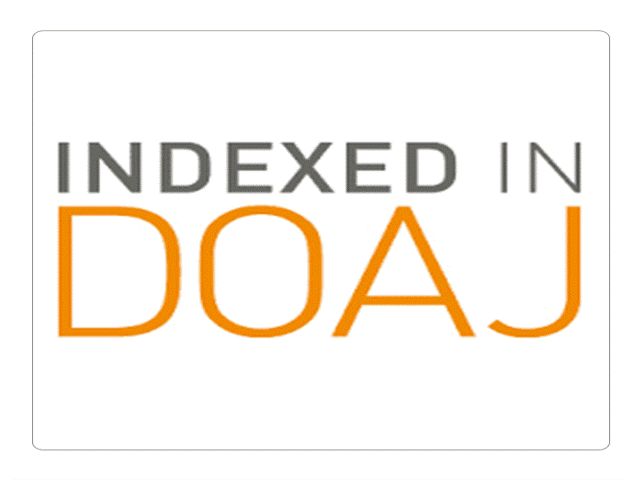TREATMENT OF LEACHATE FROM ERBIL LANDFILL SITE BY ELECTRO- AND CHEM-ICAL COAGULATION METHODS
DOI:
https://doi.org/10.25271/sjuoz.2023.11.4.1181Keywords:
landfill leachate, ELS, Electrocoagulation, COD, KEYWORDS: ZigBee, Wireless sensor networks, Simulation results, WSNs Clustering, WSNs Routing protocols, Bluetooth., TSSAbstract
Landfill leachate is commonly heavily contaminated wastewater. and consists of a high number of organic compounds, inorganic salts, toxic gases and heavy metals that exert a serious threat to the environment and public health. Thus, it requires treatments before direct release into receiving waters. This paper presents the results of electrocoagulation (EC) and chemical coagulation (CC) treatment of leachate from the Erbil landfill site. The removal efficiency of chemical oxygen demand (COD), phosphate (PO43-), total suspended solids (TSS), total organic compound (TOC), and color of leachate was studied using iron and aluminum electrodes. The removal percentages were also compared to those produced by electrochemically generated Fe2+ and Al3+ dosages. The effect of different pH values on the removal efficiency of these parameters was evaluated at optimal conditions. The removal percentages for chemically added coagulants were lower than those for electrochemically generated Fe2+ and Al3+. In EC, the highest COD removal efficiency of 92% and 87% was achieved at the original concentration (C1) for iron and aluminum electrodes, respectively. The iron and aluminum electrodes also showed a maximum color removal of 90% and 95%, respectively, for the original undiluted leachate solution. Both Fe and Al electrocoagulation methods were not effective in removing TOC from the leachate of municipal solid waste. The highest removal efficiency of 78% was achieved at a 1:4 diluted solution (C2) using the Al-electrocoagulation method. The maximum removal percentage for PO43- was 94% at C1 using the Fe-electrocoagulation system. However, both systems were not very effective in removing TSS.
Downloads
References
Abdulkhadher, R. K., & j Jaeel, A. (2021). The use of electro-coagulation to remove fluoride, nitrates and phosphorous from water. IOP Conference Series: Earth and Environ-mental Science,
AlJaberi, F. Y. (2020). Removal of TOC from oily wastewater by electrocoagulation technology. IOP conference series: materials science and engineering,
Aziz, S. Q., & Maulood, Y. I. (2015). Contamination valuation of soil and groundwater source at anaerobic municipal solid waste landfill site. Environmental monitoring and assessment, 187, 1-11.
Bagastyo, A. Y., Novitasari, D., Nurhayati, E., & Direstiyani, L. C. (2020). Impact of sulfate ion addition on electrochemi-cal oxidation of anaerobically treated landfill leachate us-ing boron-doped diamond anode. Research on Chemical Intermediates, 46(11), 4869-4881.
Bektaş, N., Akbulut, H., Inan, H., & Dimoglo, A. (2004). Re-moval of phosphate from aqueous solutions by electro-coagulation. Journal of Hazardous Materials, 106(2-3), 101-105.
Bensadok, K. S., Benammar, S., Lapicque, F., & Nezzal, G. (2008). Electrocoagulation of cutting oil emulsions using aluminium plate electrodes. Journal of hazardous materi-als, 152(1), 423-430.
Bhada-Tata, P., & Hoornweg, D. A. (2012). What a waste?: a global review of solid waste management.
Bilgin, O. N., Yokus, S., Varank, G., Yazici Guvenc, S., Can‐Güven, E., & Demir, A. (2023). Performance evaluation of hybrid electrochemical processes in mature leachate treatment. Journal of Chemical Technology & Biotech-nology, 98(6), 1365-1375.
Deghles, A., & Kurt, U. (2016). Treatment of raw tannery wastewater by electrocoagulation technique: optimization of effective parameters using Taguchi method. Desalina-tion and Water Treatment, 57(32), 14798-14809.
Deng, Y., & Englehardt, J. D. (2007). Electrochemical oxidation for landfill leachate treatment. Waste management, 27(3), 380-388.
Elazzouzi, M., Haboubi, K., & Elyoubi, M. (2017). Electrocoagu-lation flocculation as a low-cost process for pollutants removal from urban wastewater. Chemical Engineering Research and Design, 117, 614-626.
Estefan, G. (2013). Methods of soil, plant, and water analysis: a manual for the West Asia and North Africa region. In: International Center for Agricultural Research in the Dry Areas (ICARDA).
Ghanbari, F., Wu, J., Khatebasreh, M., Ding, D., & Lin, K.-Y. A. (2020). Efficient treatment for landfill leachate through sequential electrocoagulation, electrooxidation and PMS/UV/CuFe2O4 process. Separation and Purification Technology, 242, 116828.
Guo, Z., Zhang, Y., Jia, H., Guo, J., Meng, X., & Wang, J. (2022). Electrochemical methods for landfill leachate treatment: A review on electrocoagulation and electrooxi-dation. Science of the total environment, 806, 150529.
Hamid, M. A. A., Aziz, H. A., Yusoff, M. S., & Rezan, S. A. (2020). Optimization and analysis of zeolite augmented electrocoagulation process in the reduction of high-strength ammonia in saline landfill leachate. Water, 12(1), 247.
He, P., Chen, L., Shao, L., Zhang, H., & Lü, F. (2019). Munici-pal solid waste (MSW) landfill: A source of microplas-tics?-Evidence of microplastics in landfill leachate. Water research, 159, 38-45.
Ilhan, F., Kurt, U., Apaydin, O., & Gonullu, M. T. (2008). Treatment of leachate by electrocoagulation using alumi-num and iron electrodes. Journal of hazardous materi-als, 154(1-3), 381-389.
Izadi, A., Hosseini, M., Najafpour Darzi, G., Nabi Bidhendi, G., & Pajoum Shariati, F. (2018). Treatment of paper-recycling wastewater by electrocoagulation using alumi-num and iron electrodes. Journal of Environmental Health Science and Engineering, 16, 257-264.
Kjeldsen, P., Barlaz, M. A., Rooker, A. P., Baun, A., Ledin, A., & Christensen, T. H. (2002). Present and long-term composition of MSW landfill leachate: a review. Critical reviews in environmental science and technology, 32(4), 297-336.
Lebron, Y. A. R., Moreira, V. R., Brasil, Y. L., Silva, A. F. R., de Souza Santos, L. V., Lange, L. C., & Amaral, M. C. S. (2021). A survey on experiences in leachate treatment: Common practices, differences worldwide and future perspectives. Journal of environmental management, 288, 112475.
Luo, H., Zeng, Y., Cheng, Y., He, D., & Pan, X. (2020). Recent advances in municipal landfill leachate: A review focus-ing on its characteristics, treatment, and toxicity assess-ment. Science of the Total Environment, 703, 135468.
Mandal, P., Dubey, B. K., & Gupta, A. K. (2017). Review on landfill leachate treatment by electrochemical oxidation: Drawbacks, challenges and future scope. Waste Man-agement, 69, 250-273.
Nasrullah, M., Singh, L., Mohamad, Z., Norsita, S., Krishnan, S., Wahida, N., & Zularisam, A. W. (2017). Treatment of palm oil mill effluent by electrocoagulation with presence of hydrogen peroxide as oxidizing agent and polialumi-num chloride as coagulant-aid. Water Resources and In-dustry, 17, 7-10.
Nawaz, T., Rahman, A., Pan, S., Dixon, K., Petri, B., & Selva-ratnam, T. (2020). A review of landfill leachate treatment by microalgae: Current status and future directions. Pro-cesses, 8(4), 384.
Nawarkar, C. J., & Salkar, V. D. (2019). Solar powered electro-coagulation system for municipal wastewater treatment. Fuel, 237, 222-226.
Othman, M. A. (2018). Removal of pesticcides from aqueous solution by electrochemical methods Anadolu University (Turkey)].
Peng, Y. (2017). Perspectives on technology for landfill leachate treatment. Arabian Journal of Chemistry, 10, S2567-S2574.
Rodrigues, A. R., Seki, C. C., Ramalho, L. S., Argondizo, A., & Silva, A. P. (2020). Electrocoagulation in a fixed bed re-actor–color removal in batch and continuous mode. Sepa-ration and Purification Technology, 253, 117481.
Tahreen, A., Jami, M. S., & Ali, F. (2020). Role of electrocoagu-lation in wastewater treatment: A developmental review. Journal of Water Process Engineering, 37, 101440.
Xu, L., Cao, G., Xu, X., Liu, S., Duan, Z., He, C., ... & Huang, Q. (2017). Simultaneous removal of cadmium, zinc and manganese using electrocoagulation: Influence of operat-ing parameters and electrolyte nature. Journal of Envi-ronmental Management, 204, 394-403
Yu, D., Cui, J., Li, X., Zhang, H., & Pei, Y. (2020). Electro-chemical treatment of organic pollutants in landfill leach-ate using a three-dimensional electrode system. Chemo-sphere, 243, 125438.
Zhang, Q.-Q., Tian, B.-H., Zhang, X., Ghulam, A., Fang, C.-R., & He, R. (2013). Investigation on characteristics of leachate and concentrated leachate in three landfill leach-ate treatment plants. Waste management, 33(11), 2277-2286.
Published
How to Cite
Issue
Section
License
Copyright (c) 2023 Mohammed A. Othman

This work is licensed under a Creative Commons Attribution 4.0 International License.
Authors who publish with this journal agree to the following terms:
- Authors retain copyright and grant the journal right of first publication with the work simultaneously licensed under a Creative Commons Attribution License [CC BY-NC-SA 4.0] that allows others to share the work with an acknowledgment of the work's authorship and initial publication in this journal.
- Authors are able to enter into separate, additional contractual arrangements for the non-exclusive distribution of the journal's published version of the work, with an acknowledgment of its initial publication in this journal.
- Authors are permitted and encouraged to post their work online.








